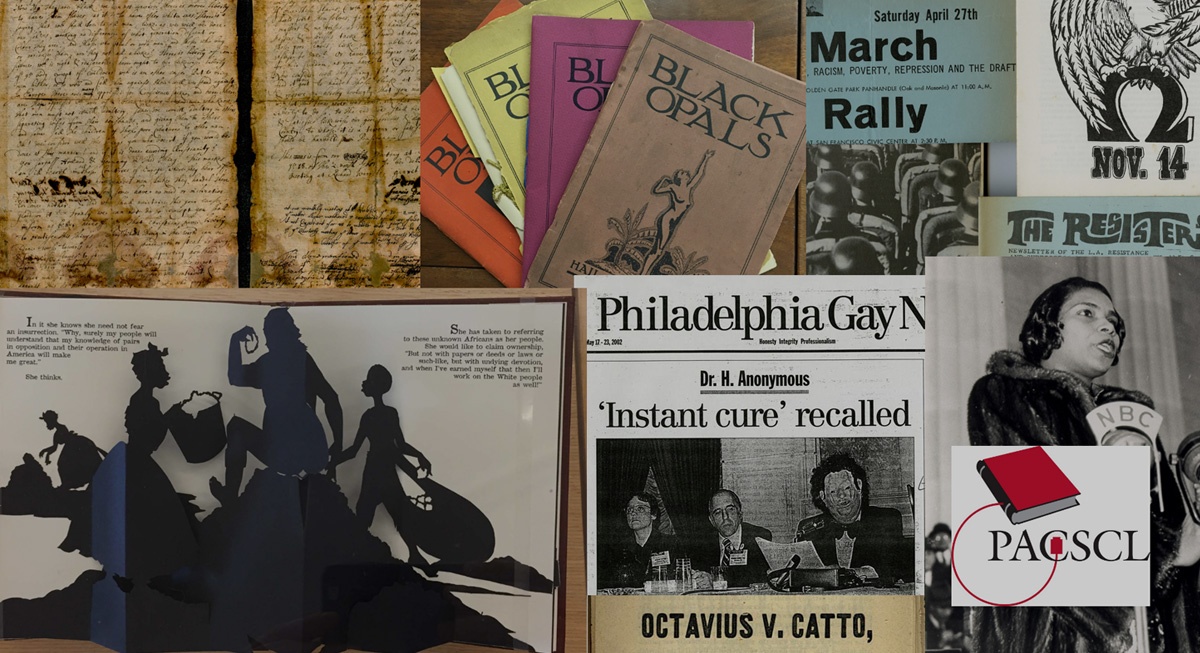by Mariam Williams, Project Director for Chronicling Resistance
"I've studied what I could of the Niess and their culture. There isn’t much left, and I have to sift the truth from all the lies. But there was a … a practice among them. A vocation. People whose job it was to see that the truth got told.
…
You see yourself as one of these … truth-tellers?
Lorist. Lorists were warriors, storytellers, nobility. They told their truths in books and song and through their art engines. … I feel like I’ve earned the right to claim some part of their mantle. Not all fighters use knives, after all."
This dialogue is from a scene in The Stone Sky, the last book in N.K. Jemisin’s Hugo and Nebula award-winning Broken Earth Trilogy. The Niess refers to a people whose land was invaded and stolen from them, a people scattered across the world, stigmatized, and dehumanized. A people whose history and culture were erased by people who saw themselves as conquerors.
When I read this scene from The Stone Sky, I’m reminded of a few things:
- Histories of marginalized groups can be hard to come by.
- You may have to sift through an abundance of misinformation to find them.
- It’s a real and honorable job to preserve and tell that history.
- Like books, music, and other arts, the history of those pushed to the margins is a weapon in the fight against oppression.
I’m pleased to introduce to you eleven fighters using weapons like art, poetry, dance, food, land reclamation, cultural organizing, and history as they battle for a more just and equal Philadelphia. They were selected from 86 applicants and are the first cohort of Chronicling Resistance Activist-Curator Fellows.
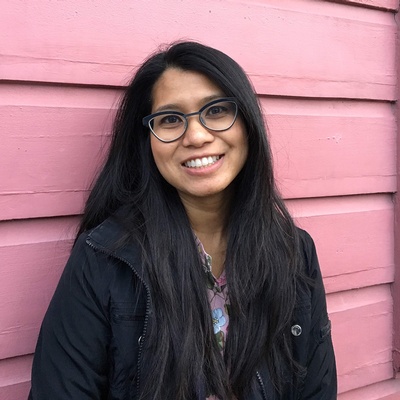
Katherine Sarwopeni Antarikso (she/her) is an architect, artist, and activist. She was born in Jakarta, on the island of Java, Indonesia, and moved to the United States at the age of 10. As an architect, she is interested in issues of equity in the design of urban spaces. She performs traditional Indonesian dance and writes poetry and essays focusing on themes of home, migration, and displacement. She is an activist for immigrants’ rights and is a founding member of Pejuang: Indonesian Social Justice Coalition.
Resistance history interests: Southeast Asian communities in Philadelphia, immigration, housing policy.
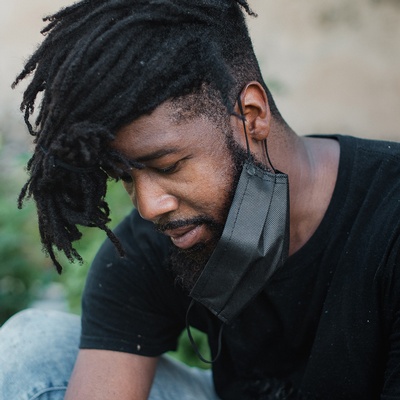
Brother Tommy Joshua Caison (he/him) is a North Philadelphia-born, faith-based community organizer and entrepreneur with deep roots in the U.S. South. His work focuses on land reclamation, local democracy, and the building of new Black communities. He is the founder and Executive Director of the Philly Peace Park and CEO of Green Wall St. LLC, an innovation firm.
Resistance history interests: Peacetown and the foundations of the Philly Peace Park Movement.
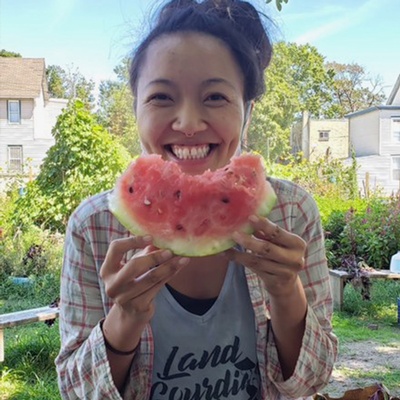
Lan Dinh (she/her) comes from a family of Vietnamese refugees, farmers, and fisherfolk who resettled in West Philadelphia. She is the co-founder and Farm and Food Sovereignty Director at VietLead. She manages intergenerational farm and garden programs to reconnect diaspora high school youth to land, cultural resilience, and to reclaim their ancestral roots.
Resistance history interests: How Southeast Asian refugees continued & adapted homeland cultural farming techniques; food sovereignty through guerilla and homestead gardening; Creation of the Washington Avenue ethnic business corridor and its struggle against displacement.

Charlyn Griffith-Oro (they/honey) is an infinite media artist transmitting communications through English language, symbolism found in objects and unlikely map forms and body-based sciences like movement, birthing, and sex. They are a child of the Caribbean, born in London and raised by Harlem, Brooklyn, and Philadelphia. Charlyn interrogates wholeness through their research and subsequent socially engaged art. From food to sculpture, homesteading and fiction, they lean into their migrations as they make place-based works. Charlyn’s disruptive food technology, the @freebrunchprogram, has won numerous awards and is launching a pay nothing or what-you-wish subscription box that becomes available in Winter 2020.
Resistance history interests: Blackness, mutual aid, food sovereignty, food as self-determination and community fellowship, Araminta Ross/Harriet Tubman, queer art histories, San Domingo/Ayiti, maroon societies and finding the connection between her Arawak and Yoruba ancestors and Philadelphia.
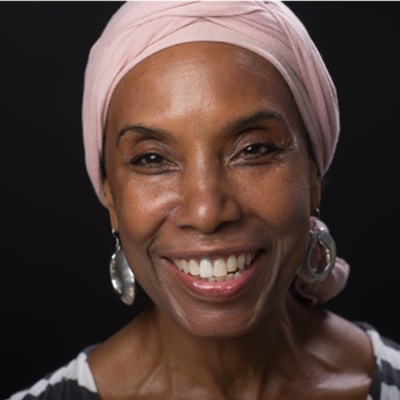
Germaine Ingram (she/her) is a Philadelphia-based jazz tap dancer, choreographer, songwriter, vocal/dance improviser, oral historian, and cultural strategist. She creates evening-length pieces that explore themes related to history, collective memory, and social justice, and designs arts/culture projects that explore and illuminate community cultural history. She collaborates with artists from diverse traditions and disciplines, including jazz/experimental music composers, site-specific choreographers, dance and vocal improvisers, African diasporic culture specialists, and visual/media artists.
Resistance history interests: African American tap dancer Louise Madison as an example of how black women of the early 20th century worked against conventions imposed on their lives.
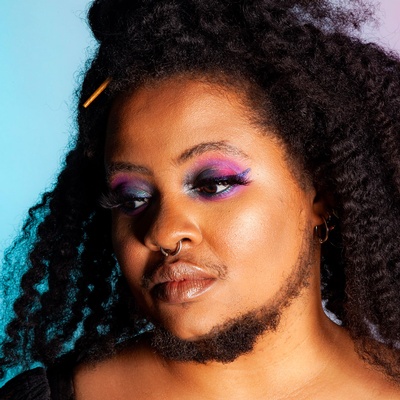
Wit López (they/them) is an award-winning multidisciplinary maker, performer, writer, advocate, and public speaker based in Philadelphia. Through the use of various media, their work is tied together by exploring the use of absurdity and Black Absurdism as tools for radical joy, healing, and empathy. In 2019, Wit was awarded an Independence Foundation Fellowship in the Arts for Visual Art for their practice in fiber art and woodworking, and an innovative Cultural Advocacy Fellowship at CCCADI in Harlem, NY. They were also one of 10 recipients of the Leeway Foundation Transformation Award for 2019. To support their curatorial work of organizing the QT Noir Arts Festival, Wit has received 2018 and 2019 Leeway Foundation Art and Change Grants.
Resistance history interests: Art as activism and making space in traditionally exclusive archival spaces for people who have multiple oppressed identities.

Philadelphia born, Mississippi raised Nia Minard (she/her) was one of the 15 culinary artists in the Philadelphia Assembled Kitchen exhibit, an immersive dining experience where she served as a storyteller, recipe contributor, and one of the head chefs in the Kitchen. An advocate for food justice and sustainability, Nia currently consults for Fishadelphia Community Supported Fishery (CSF) and is a culinary instructor at Simon Gratz Mastery Charter High School. Through her work, Nia uses food as a tool to access memory and document black foodways both past and present. Nia believes that food and the narratives created around it are central to exploring and understanding the evolution of black identity. Nia is working in partnership with Khaliah D. Pitts.
Resistance history interests: black foodways, culinary arts, collecting and documenting black food stories as a means of combatting systematic cultural erasure.
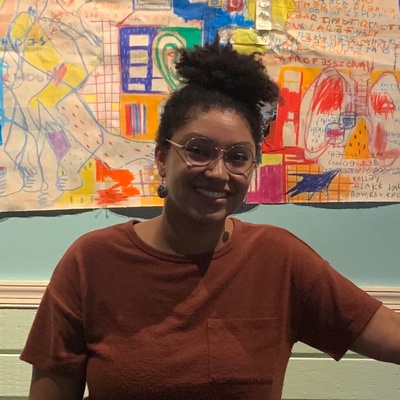
Malkia Okech (she/her) is an abolitionist activist, futurist, and community archaeologist. She seeks to learn from history, act in the present, and imagine a future towards true safety and justice, free of capitalism and white supremacy. Okech is the Associate Producer for Black Spatial Relics, a Curator in the Philadelphia Black arts collective Bad Apple Commune, a Research Associate for Monument Lab, and a Digital Producer at the local creative agency Mighty Engine. For Okech, understanding layers of oppression and resistance in Philadelphia through memory and artifacts is key and can be composited into a guide for liberation.
Resistance history interests: the past, present, and future of abolition and Black anarchism in Philadelphia.
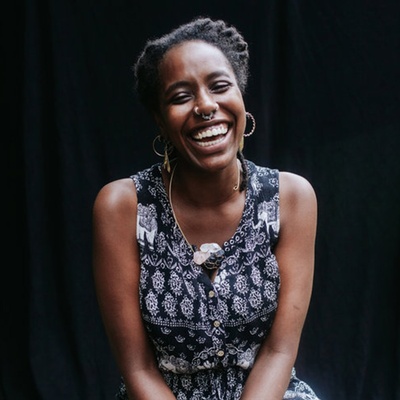
Born and raised in Philadelphia, Khaliah D. Pitts (she/her) is a writer, culinary artist, and curator. A lifelong creative and griot, she is continuously searching for new forms of expression and storytelling. Although her primary medium is writing, she finds herself exploring creation through short film, curating events and spaces of art and liberation, crafting wire jewelry and decor, and, most often, cooking, eating, and gushing about food. She dedicates her work to preserving culture, documenting stories of the African diaspora, and crafting spaces of liberation and joy. Khaliah is also a well-practiced, trauma-informed public health educator, trainer, and facilitator to audiences of all ages. Khaliah is working in partnership with Nia Minard.
Resistance history interests: black foodways, culinary arts, collecting and documenting black food stories as a means of combatting systematic cultural erasure.
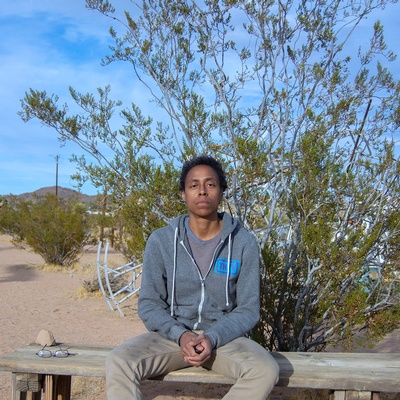
muthi reed (they/them) is a poet and maker. They compose and animate light, space, and sound with personal and public archive material. They take Black aesthetics, embellish them with Black things, pull aesthetics apart, and reimagine Black citing the miraculous of the mundane. The composite icons are made and shared as sketches of sonic memory and vernacular acts of care. muthi lives bi-regionally in Philadelphia and the black belt region of the U.S. South, where their grandparents are from.
Resistance history interests: Black mass presence and gatherings in Philadelphia in the 1980s and 1990s, property laws and public/private property, Black power.
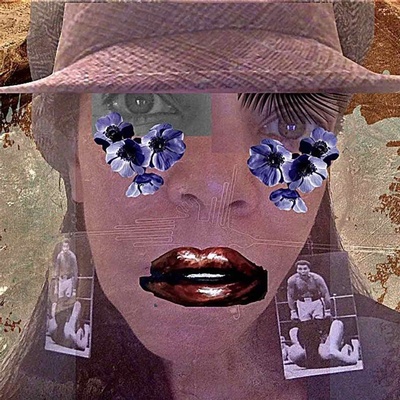
Andrea Walls (she/her) is a poet because a bunch of poets got in her head when she was young. She collects stones along the path set down by Nikki Giovanni, Sonia Sanchez, Gwendolyn Brooks, LeRoi Jones/Amiri Baraka, Toni Morrison, Toni Cade Bambara, June Jordan, Etheridge Knight, Mari Evans, Carolyn Rodgers, Lucille Clifton, Audre Lorde, Ntozake Shange, Maya Angelou, James Baldwin, Henry Dumas, Paule Marshall, Gayl Jones, Wanda Coleman, Jayne Cortez, and many, many more. She became a photographer because she was given a camera at the moment she needed one. She knows resources matter. Her photographs want to be poems, too. She is pleased that her writing and visual art have been supported by organizations she admires, including The Leeway Foundation, VONA/Voices Workshops for Writers of Color, The Colored Girls Museum, Hedgebrook Residency for Women Authoring Change, Philadelphia Photo Arts Center, The Studio Museum of Harlem, and the Women’s Mobile Museum Collective. Her work has been published in venues open to alternative styles and points of view, including Kweli, Callaloo, Solstice Literary Magazine, New Delta Review, and The Fourth River. She hopes you will find places that honor the work you do.
Resistance history interests: the sustaining influence of black joy.
Chronicling Resistance has been supported by The Andrew W. Mellon Foundation and The Pew Center for Arts & Heritage. For more information about Chronicling Resistance, visit our website, resistance.pacslc.org.
Have a question for Free Library staff? Please submit it to our Ask a Librarian page and receive a response within two business days.

